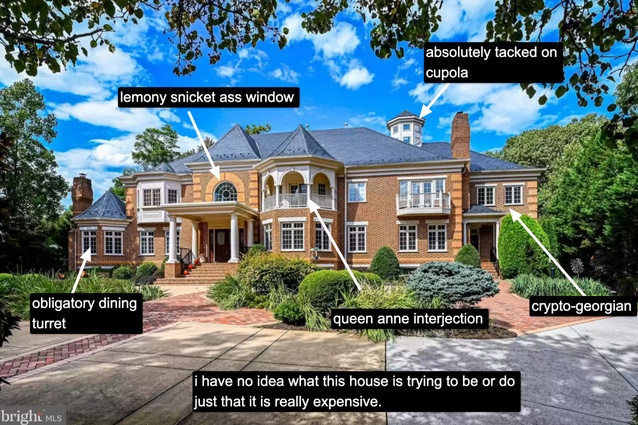That’s it, I’m architecture shaming
As an ironic member of the Facebook group That’s It, I’m Architecture Shaming, I’d recommend perusing it as a fascinating place to observe colloquial architectural criticism outside of traditional publications that isn’t just ‘house porn’.1
The member-driven community posts pictures of bad architecture, describing itself as a “Kate Wagner stan account…we shame things, not people.” It’s part of an ecosystem of similar groups like You Should Have Hired an Architect or What Zoning Board Approved This? whose schtick is posting the ugly, the downright offensive, and the kitsch ersatz excess of many a badly designed space from architecture, construction, and design.
Starting as a meme group for McMansions — the term popularised by Kate Wagner’s blog McMansion Hell, to describe bad post-80s suburban houses built as mock traditional mansions, often excessively sized, poorly constructed, and lacking in compositional coherence — users post the gaudiest examples of these monstrosities, as well as badly flipped houses, gentrification projects, and architectural decisions that leave one baffled. All of these carbuncles gleaned from Zillow listings, social media posts, or their local neighbourhood, and uploaded to be subjected to public criticism.
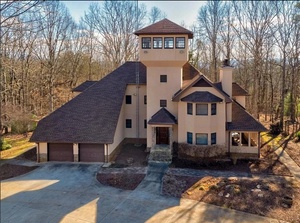
The examples from Wagner’s archive or the McMansion Hell subreddit truly are hilarious. Like over furnished houses designed in The SimsTM at a twelve-year-old’s sleepover, complete with ski-slope gables and ridiculous facades, these are symptomatic of outdated single-use planning, predatory developments, and homeowner’s associations.
If one were trying to be a critic they might describe these designs as earnest, bold, or vernacular. They might point out how McMansions are essentially street-facing decorated sheds, freely using traditional forms, beyond even the most ardent PoMo advocate’s taste, to play with the aesthetic of class. As if the more dormers and corbels and decorative mouldings used, the more upmarket the property and, more importantly, the higher the price.
An architect might point to these as evidence for their own necessity in the design process.
However, you needn’t be a trained architect to understand what is wrong here. As these users point out, in differing language depending on the group, critiquing bad architecture is easy. For some projects all that is needed in response is “awful” “ugly”, or simply a descriptive emoji. Do we need serious op-eds to dissect the problems that Facebook users can mock in single words?

There is visible delight users take in poking fun at wealthy homeowner’s lack of taste, at the sheer amount of effort gone into building something so thoroughly ugly. As Benjamin would call it, a mass “catharsis” playing out, as a result of democratising the process of artistic consumption into the public sphere.2 Through this online mass participation in the critical process, the latest films, tv shows, and evidently, architecture, are talked about, critiqued, mocked, or analysed in countless spaces such as these groups.
There’s also a refreshing lack of sophistication with these modes of engagement. In a world of glossy monochromatic interiors and ubiquitous positive articles, showing buildings outside of their typical methods of presentation is an antidote to yet another impeccably staged Architectural Digest celebrity home tour.3 A sort of “mundanization” of architecture.
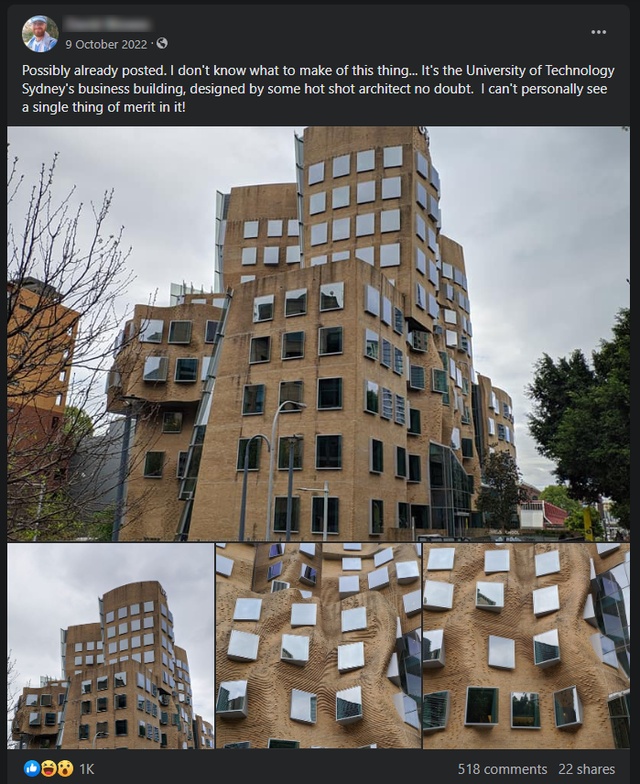
It’s also a reminder that most building work is not done with architects,4 and even then, most of the work done by architects is constrained by budgets and compliance and clients. Despite how much we might wish for it, awarded high-spec homes in magazines are not representative of our built environment.
However, where some of these criticisms start to feel somewhat unfair is when the problem is not McMansions with too much money and not enough taste, but rather buildings clearly constrained by the former. Homes not owned attempting to show off, but simply as affordable places to live.
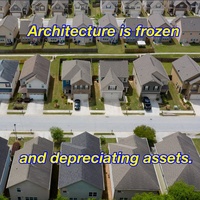
Is making fun of unattractive but perfectly functional multi-unit duplexes, townhouses, or apartments the same as criticising McMansions or vanity projects for corporations or controversial regimes? Should we ignore programming, typology, and social factors in our analysis of architecture and focus solely on aesthetics? Or is it elitist to not criticise “ugly” architecture simply because of its demographics?5
Even more, amidst this field of truly terrible architecture you’ll find buildings that seem completely fine, even good examples of design. Yet they are treated to the same flippant criticisms as shoddy, frankly unacceptable work. Many architects — Gehry and Hadid seem to be favourites — get constantly reposted, hate-posted, never failing to draw a crowd. Other scapegoats are stark modernist blocks, glass concrete and steel, the eternal brutalism debate.
I find myself wanting to silently defend the architects (however difficult that may be), and of course the clients, for offering something different than the cookie-cutter buildings on either side — not that these cannot be criticised, and you can understand neighbours’ aversions.6
My response is more that of someone reacting to the rejection of a seminal author’s work outright, without engagement, just as one baulks at a one star ‘DNF’ Goodreads review of your favourite literature classic.
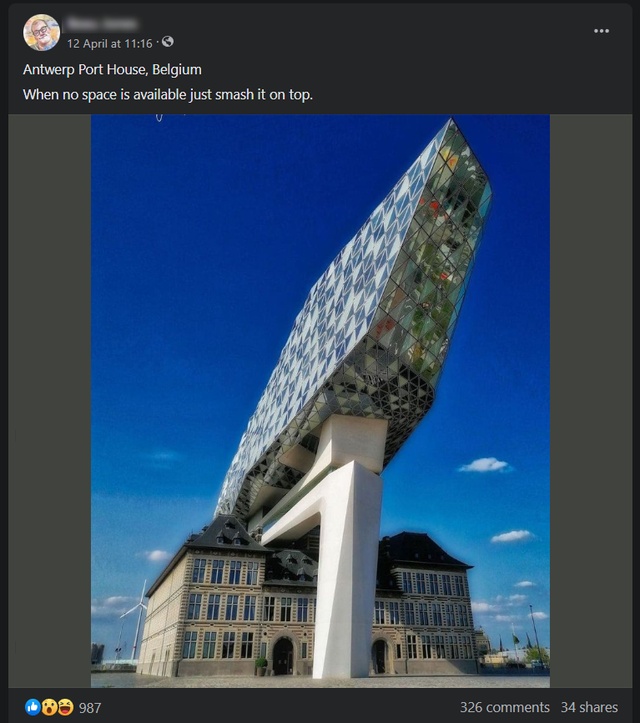
However, this highlights the difficulty in separating personal taste from “objective” analysis. Criticism is not simply the average user rating as sites like Goodreads or Rotten Tomatoes might tout. “Reviews” are a different medium from criticism, although this distinction is probably expecting too much from the comment leaver. Leave the nuance for elsewhere, not Facebook or Reddit.
While the language in these groups is often humorous and irreverent, and equally reactionary and justified, it also raises issues for the architectural community in general. As Kate Wagner wrote in her recent article “sometimes architects cannot see what the public sees.”7 Architects, like everybody, see the world through their experience, their nerdview. The offence taken at laymen not ‘getting’ your favourite architects and buildings, or even hating on architects generally, may be correct and informed by education or expertise, but dismissing opinions based on who has them is equally lazy.
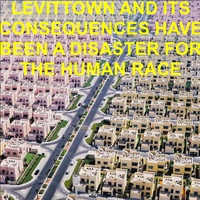
At university, architecture students are trained to appreciate certain buildings for their historical importance, not necessarily aesthetic qualities. Designs are rewarded for being grand and complex, and encouraged to push boundaries. We are not taught to design scalable efficiency or pragmatic solutions, but rather boutique and crafted one-offs. Or as Mike Austin recently wrote, a focus on theory seems to promote certain architectural and presentation outcomes, which often are inaccessible for the public.
As Wagner continues, “many folks are bird watchers without degrees in biology.”8 Where ornithologists might be able to classify by taxon and plumage, talk of behavioural and epigenetic factors, this knowledge isn’t necessary to simply enjoying looking at birds.
And most people don’t look at birds, or buildings. Perhaps the only times they do notice a piece of architecture is when it sticks out from its context, either good or bad. And maybe one measure of good architecture is precisely that it goes unnoticed, fitting in seamlessly to its surroundings.
This is the structural difference between what is talked about by architects and non-architects. The conversations being had by each are echo-chambers.
There is very little public engagement beyond black or white valuations of often the most extreme examples: either bland and banal or expressive and expensive ‘starchitect-y’ buildings.
So too, unlike their film or music criticism counterparts who enjoy reporting on controversies and reception (often more than the texts themselves), architectural publications are more insular and insider focused, not paying attention to public opinion.
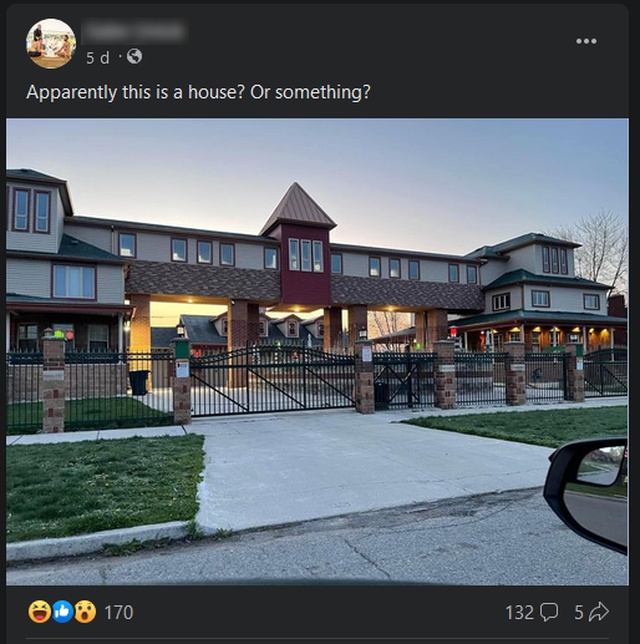
So why does architecture not have the same critical culture as, for example, film or music? Negative reviews in these fields often draw more attention than positive press, see Scorsese’s Marvel controversy, the angry backlash still raging three years later. Or how Seth Rogen recently complained of the hurt suffered from particularly harsh critics. To take just two examples.
Benjamin argues this culture of strong opinions is because cinema is a uniquely “democratic” medium, its format is far easier for crowds to engage with. How many YouTube video-essays manifest after every new blockbuster release? Whereas we do not see this same level of engagement with new pieces of architecture.
In the New Zealand context, NZRAB’s Code of Ethics rule 56 says “a registered architect must not maliciously or in bad faith criticise or attempt to discredit another registered architect or another registered architect’s practice.”
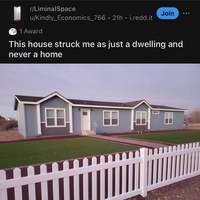
There are of course sound and good reasons this rule is in place. And this article should not be taken as criticism of the NZRAB’s standards or advocating for their change.
But even without this rule, architects internationally follow the same practice of caged criticism and unconditional veneration. Chapter 1 of de Graaf’s new book architect, verb outlines Phillip Johnson, asked in an interview to give an opinion on Gehry’s Guggenheim museum in Bilbao, being unable to mutter anything other than “wow!”…followed by tears.9
There is an internal culture of not publicly criticising other architects and their work. We do all uniquely understand the struggles of bringing buildings, particularly those of quality and originality, into existence. But is the effort going into cinema, even commercially focused films, any less? Why do directors feel comfortable with criticism from their compatriots, yet architects don’t?
This is where layman criticisms are perhaps useful. Rather than an architect with duties and a reputation to uphold, in these spaces your engagement is as a nearly-anonymous member of the crowd, able to unhinge your inhibitions, take off professional gloves, and spout whatever you like.
And some sort of mockery, satire, or just plain criticism of the self-congratulatory tendency of architecture is warranted. We want to avoid, as the late David Foster Wallace said about the Oscars, the “grotesquerie of watching an industry congratulate itself on its pretense that it’s still an artform.”
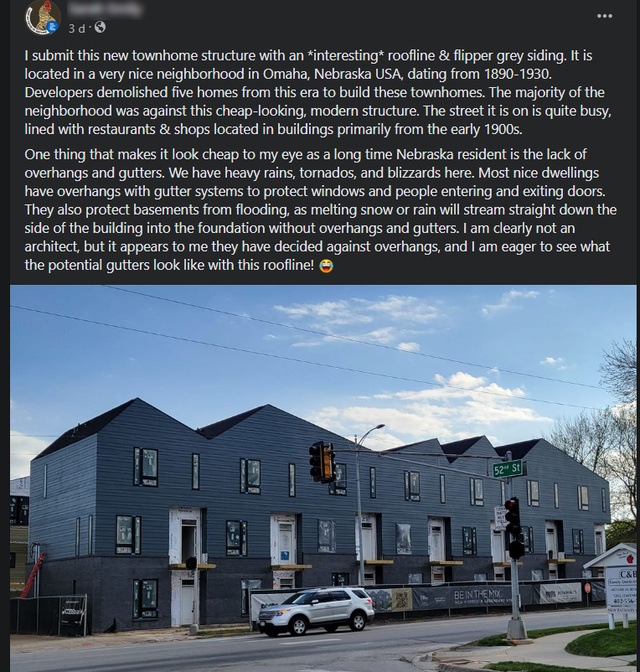
This article shouldn’t be taken as architecture critic bashing. In fact it’s interested in how to improve and respond to the democratising of cultural engagement in the contemporary world. As Raman & Coyne argue, “the peculiar language of critics” is not because of voluntary elitism, but because “they are, as it were, dropped into it, and begin to co-habit it.”10 Critics and architects are part of a discourse, talking primarily to each other. And so to leave this group and its peculiarities of language for a different group of unaffiliated lay discourse is to lose access to each other as practitioners.
In this I’d argue that architectural criticism does less to “forge a bridge between the professional activity of the designing architect and the role of a citizenry” as Barry Bergdoll believes,11 and more to converse with architects and the architectural community instead. Very little, if any, of the debates going on in industry filter into public consciousness. And even if they could, communicating in this way is not necessarily desirable. This very publication is pretty much internal to architects and designers.

So too, popular architectural media like Grand Designs and its copies, or one of the countless home/interior/garden design magazines don’t seem to affect the architectural community very much, aside from shaping client’s tastes.
And yet built architecture is shared by everyone, regardless of our training or profession. Buildings are fundamentally public, “whether on the street or through our real estate-obsessed media landscape.”12 Our urban environment is collective, everybody participates in its consumption and criticism by living in and around architecture. We all do and should participate in architectural criticism as part of broader discussions about the role of architecture in shaping our cities and societies. The internet agora and forums like these are now the places everybody uses to communicate and share opinions and memes.
I hope that architects and critics can engage more and respond with these spaces to improve our ability in shaping cities and architecture we want to see.
Or at least just log on for a laugh.
References
1 “Outrage: the toxicity of house porn,” Catherine Slessor, Architectural Review. 5 August 2019. https://www.architectural-review.com/essays/outrage/outrage-the-toxicity-of-house-porn
2 Walter Benjamin, “The Work of Art in the Age of Mechanical Reproduction.” In Illuminations, edited by Hannah Arendt, translated by Harry Zohn, 217-251. New York: Schocken Books, 1969.
In fact I’d argue McMansions are perfect examples of mechanically reproduced “copies” of traditional architectural forms, without any of the, what Benjamin would call, “aura” of the original.
3 https://www.architecturaldigest.com/celebrity-style/celebrity-homes
4 Estimates range: only something like 2% (Dickinson), to 6% (Williams) of homes are designed by architects.
A) “We need architects to work on ordinary briefs, for ordinary people,” Finn Williams, Dezeen. 4 December 2016. https://www.dezeen.com/2017/12/04/finn-williams-opinion-public-practice-opportunities-architects-ordinary-briefs-ordinary-people
B) “Architects Design Just 2% of All Houses–Why?,” Duo Dickinson, Common Edge. 7th April 2016. https://commonedge.org/architects-design-just-2-of-all-houses-why/
5 Karamia Muller, “The line between good and bad,” Architecture NZ May/June 2023, 17-18.
6 https://www.stuff.co.nz/life-style/homed/grand-designs/131831470/grand-designs-uk-boring-bungalow-makes-way-for-modern-black-box-but-fans-are-appalled
7 “Stop Gatekeeping Architecture,” Kate Wagner, The Nation. 7 April 2023. https://www.thenation.com/article/culture/architecture-build-environment-buildings/
8 Ibid.
9 Reinier de Graaf, architect, verb
10 “The Production of Architectural Criticism,” Pattabi G. Raman and Richard Coyne, Architectural Theory Review December 2000. DOI: 10.1080/13264820009478390
11 “What do architecture critics think of the state of architecture criticism today?” The Architect’s Newspaper, May 21, 2018. https://www.archpaper.com/2018/05/critics-speak-state-architectural-criticism/
12 Wagner, “Stop Gatekeeping Architecture.”

